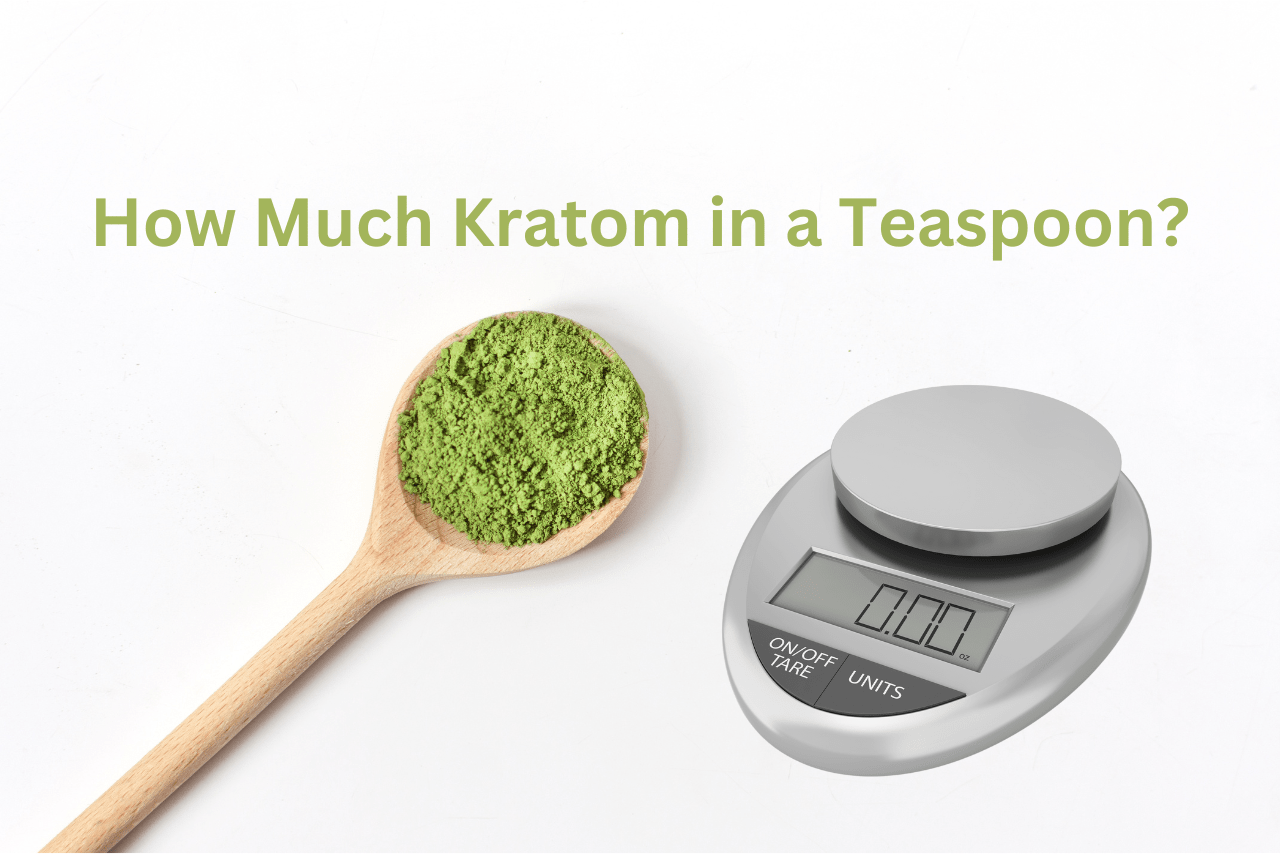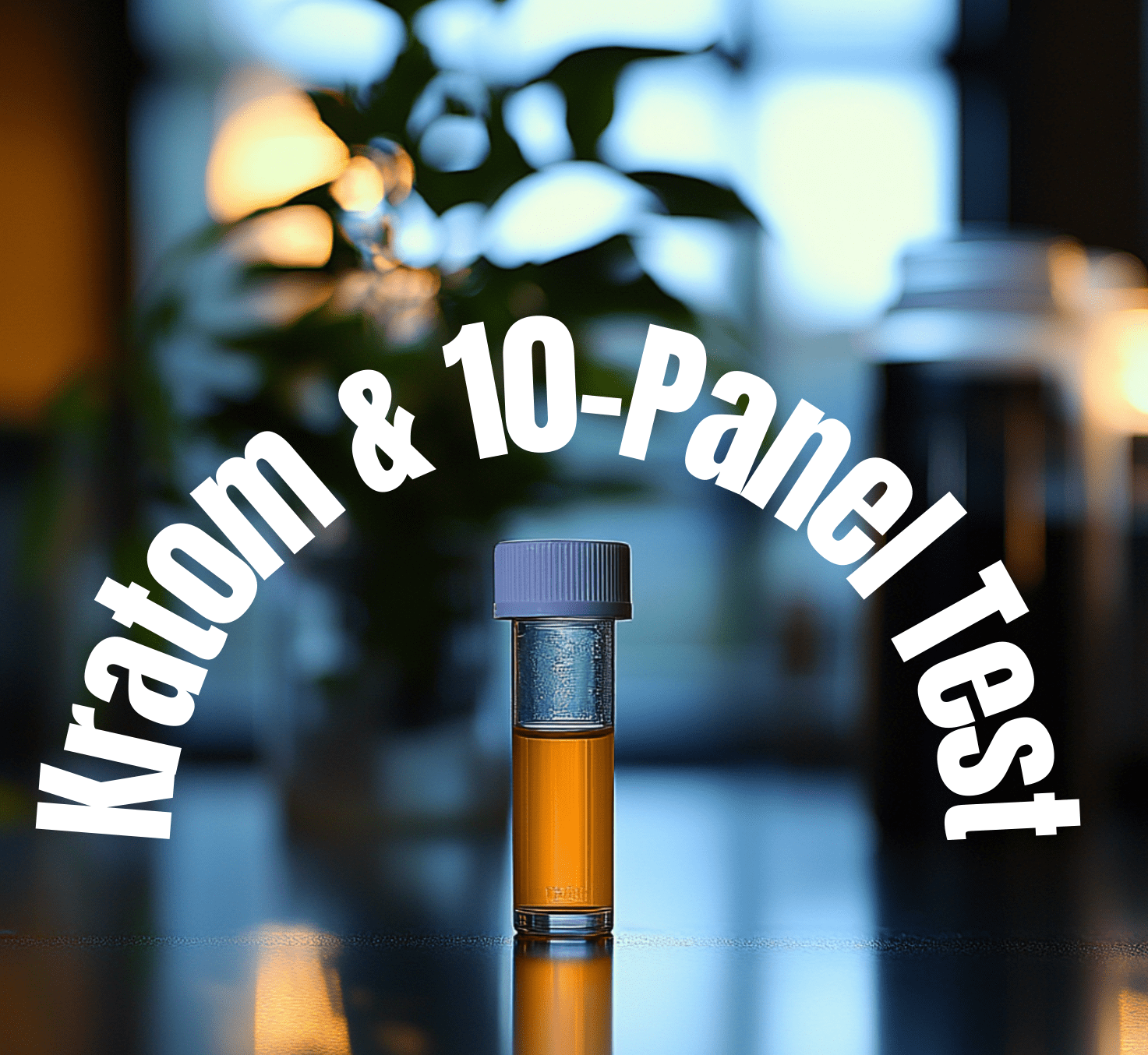Contents
Let’s Talk About “7” vs. Natural Kratom – Dangers to Avoid
- Written by David
- Updated on June 9, 2025
- Published on
- Kratom Legal Status
TL;DR
In the rapidly evolving kratom landscape, the emergence of “7,” a synthetic compound masquerading as kratom, raises serious concerns for consumers. Unlike natural kratom, which has a long history of safe use derived from the Mitragyna speciosa tree, “7” is chemically engineered and often contains harmful additives. This synthetic variant isolates and amplifies 7-hydroxymitragynine (7-OH), leading to unpredictable and potentially dangerous effects, including severe respiratory issues and high dependency risks, akin to opioids.
To protect yourself, it’s crucial to distinguish between genuine kratom and these synthetic products. Always read labels carefully, avoid items claiming concentrated effects, and choose reputable vendors that provide third-party lab testing. By staying informed and sharing this knowledge, you can help safeguard the integrity of natural kratom and ensure its responsible use. For more insights and resources, visit 7isnotkratom.com and join the movement to promote safe kratom practices. Stay safe and informed!
In today’s fast-evolving kratom industry, there’s a crucial topic we need to address: the alarming rise of “7,” a synthetic compound falsely marketed as kratom. While natural kratom, derived from the Mitragyna speciosa tree, boasts centuries of safe, traditional use, “7” is an entirely different beast—and not one to take lightly.
What Is Kratom? 🌱
Kratom is a natural product harvested from the leaves of the Mitragyna speciosa tree, native to Southeast Asia. For centuries, its leaves have been used traditionally for energy, pain relief, and relaxation. The plant’s active compounds, like mitragynine, interact with receptors in the body to produce mild effects depending on the dose.
One of kratom’s unique components is 7-hydroxymitragynine (7-OH), a natural metabolite present in trace amounts. But here’s the catch: in its natural form, kratom is safe and manageable, with a well-documented history of use.
What Is “7”? 🚨
Unlike natural kratom, “7” is a synthetically engineered product that isolates and amplifies 7-OH concentrations through chemical processes—often involving harmful additives like pool shock. These artificially altered products are no longer kratom; they’re synthetic substances with no basis in traditional or safe use.
Worse still, “7” products bypass the natural balance found in kratom, resulting in highly concentrated and unpredictable effects. That’s a dangerous gamble for consumers. Terms like “hydroxy 7 kratom” or “hydroxie 7-hydroxymitragynine tablets” are sometimes misleadingly used to market these products.
Why the Difference Matters
Here’s why “7” is a problem:
- Risk of Overdose: Animal studies have shown that at high doses, synthetic 7-OH can cause severe respiratory depression and seizures—similar to opioid overdoses.
- Dependency & Withdrawal: Unlike natural kratom, which has low dependency risks, “7” products substitute fully for morphine in studies, demonstrating high abuse potential.
- Unknown Long-term Effects: There are no human clinical trials or safety data for “7.” Its long-term impact on health remains a dangerous mystery.
Try our kratom dose calculator
Spotting Fake Kratom Products 🔎
Want to protect yourself? Here’s how to differentiate real kratom from synthetic “7” products:
- Read the Label: Avoid products that list isolated 7-hydroxymitragynine or claim concentrated effects, including terms like “hydroxy 7 kratom.”
- Check the Source: Stick with reputable vendors who offer third-party lab testing and clear ingredient transparency.
- Beware of Suspicious Claims: Products boasting unnatural strength or opioid-like effects are major red flags, such as “hydroxie 7-hydroxymitragynine tablets.”
Safe Kratom Use Tips 💡
Natural kratom can be a beneficial tool when used responsibly. Follow these guidelines to ensure safe consumption:
- Start with small doses and monitor your body’s response.
- Avoid mixing kratom with other substances, especially alcohol or sedatives.
- If you experience adverse effects or suspect dependency, consult a healthcare professional immediately.
Protect Natural Kratom! 💚
The rise of synthetic “7” products poses a significant threat to the reputation and safety of natural kratom. By staying informed, you can help protect this traditional plant and its benefits for the community. Visit 7isnotkratom.com for more resources and share this knowledge to keep others safe.
Let’s work together to safeguard natural kratom and ensure its responsible use for generations to come. Stay safe, stay informed, and spread the truth! 🌿





